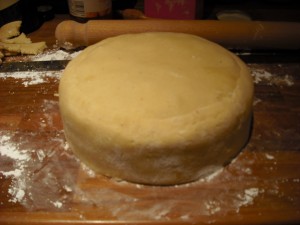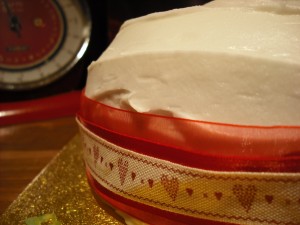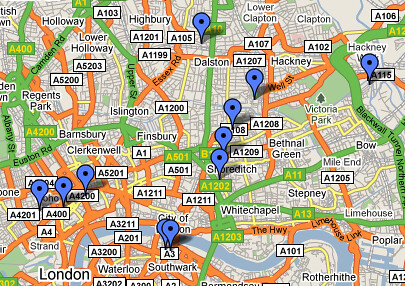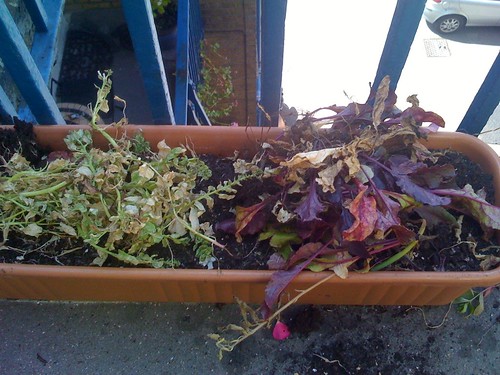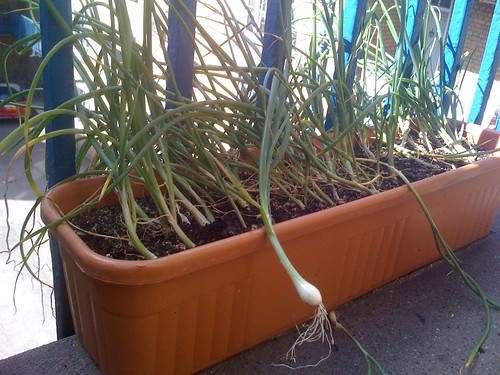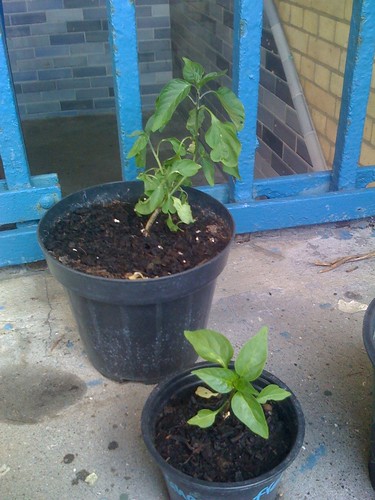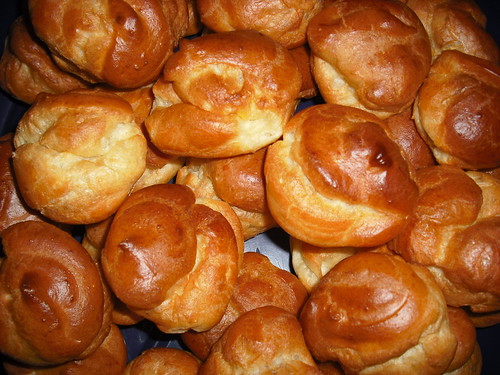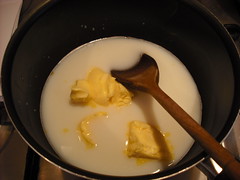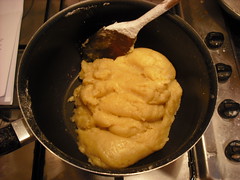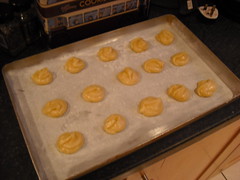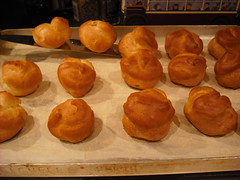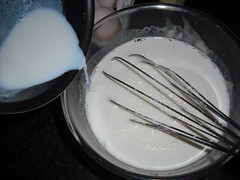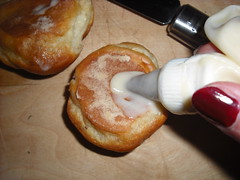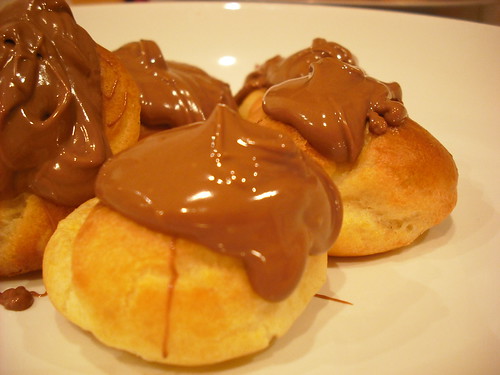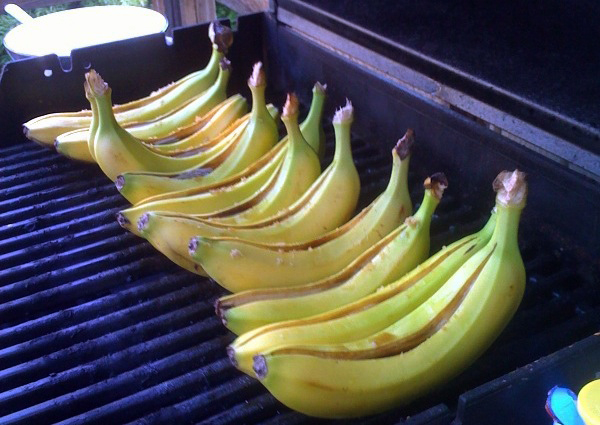This blog started over a year ago, when Ben and I lived together in London. About a year ago Ben moved out to San Francisco and rather than killing off the site it’s meant we’ve had a lot more variety. Mostly finding and posting recipes to try and make each other jealous.
For the last week i’ve been out here in SF visiting Ben and seeing what all the fuss is about. So while this is all old news to him (and anyone else local), this is my take on the food and drink I sampled in my time here.
Note; This isn’t a comprehensive review of SF food and drink, just the little corner of it I tried.
Coffee
Wow, they really like coffee here, and they do it very well. There’s a real culture around coffee here. Quite a few places even roast their own beans. Sipping a latte while beans are being roasted a few feet away is quite an experience – the smell is wonderful.



If you’re in the area check out Ritual Roasters, it was busy every time I was there, but it’s damn good. Four Barrel is also very very good, a nice modern wood interior and delicious coffee. I tried had a variety of styles, but mostly stuck with lattes because they were so damn good everywhere.
It feels like London has a long way to catch up in this area – or perhaps I need to do more exploring for good coffee shops.
Beer
There’s a massive micro-brew culture here, lots of small (and slightly larger) brewing companies making excellent beer. Not your stereotypically "weak and watery" america beer, there’s an appreciation for world beers too. I’ve had excellent stouts, wheat beers, IPAs and belgian style beer.

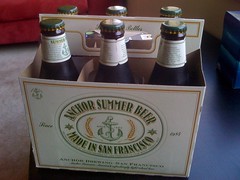
Anchor is one of the more popular local breweries, in fact I drink it in London whenever I find it (try a good off license, or the beer/wine stall at Borough Market).
A real highlight was a trip to the thirsty bear brewing co for dinner with Ben and his family. They offer a beer sampler, a large shot of each of the 9 beers they make, including 2 seasonal one. Really nice wheat beer, good belgian beer, delicious pudding like stout. The sampler is easy to miss on the menu (it’s just a small note), luckily it was recommended to me before we went (Thanks foursquare.
Dairy
When Ben and I lived together cheese was a very important thing, to the point that in our rather small 3 drawer fridge 1 drawer was dedicated to cheese only. I was a bit worried about the prospect of american cheese too. You hear such bad things.
The cheese section at Bi-Rite (below, a local grocery which had an impressive selection of, well, everything) was pretty good, lots of it’s locally made by small(ish) producers. Plus your usual selection of excellent english/european cheeses.
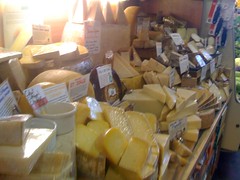
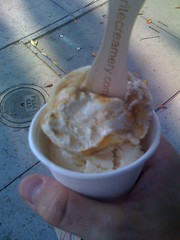
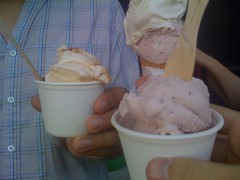
Not cheese, but amazing in it’s own right was the ice cream of Bi-rite Creamery (a separate shop just up the road from the grocery). A really varied selection of flavours, from traditional (but delicious) to unusual and even more delicious. A highlight was lavender and the wonderful ginger/roasted coconut. Each time I went there were queues around the block, but it’s worth it.
Mexican Food
One of my food-goals for this trip was really good mexican food. Luckily I wasn’t disappointed, the huge hispanic/mexican community in San Francisco, especially in Mission, means the good was great, even just from street vendors. I was also a bit worried about the availability/quality of veggie/fish friendly options, but there was no need. I’d imagine it’s down to SF’s liberal leanings but almost everywhere I went had excellent veggie options.
Sadly, the jar of salsa I brought back in my checked luggage didn’t do so well. When I got home and opened the jar it made a horrible hissing noise, slightly worried I left it on the side and to my horror it started bubbling. I’ll chalk that up to the air pressure changes/freezing cold of the plane’s cargo hold. Oh well. A good excuse to try making my own soon.
Towards the end of the trip Ben and I trekked out in to deepest mission to get lunch at a diner. The place had a proper old school american diner feel, really friendly staff, busy (in a good way), booths, counter seats – and really good food. I can’t remember the name of the place. Its called St. Francis Fountain and i’d recommend it above all others mentioned here.
Brunch
Brunch is a very serious business here. Even more important than breakfast or lunch. Considering i’m rarely up early enough to eat properly at breakfast it’s an idea I can really get behind. The Mission beach cafe did a fine selection of scrambles, really hearty meals that set you up for the day.

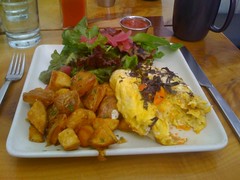
Conclusions
The food and drink I had over there was pretty damn good. This list doesn’t cover everything, there was Thorough Bread Bakery (with delicious croissants and tuna sandwiches), the excellent tapas we had and plenty more.
I realise Ben was probably taking me on a fairly whirlwind tour of the best places, but it’s made me think more about what’s available here in London – and making the most of it. I’m already on a mission to find better coffee (with some success), to try and visit more markets (large and small) and more interesting food off the beaten track. With any luck this will lead to more regular updates as I post my exploration, findings and failures.
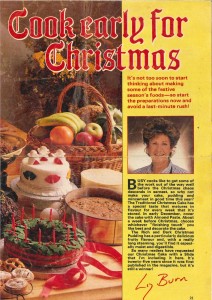 I started soaking the fruit for this recipe (220g each of sultanas, currents and raisins, 100g each of chopped glace cherries and chopped dates, 50g ground almonds) at the end of October and it sat, in a dark corner of the kitchen, absorbing the following selection of booze over a three week period: Balvenie whisky; Chambord and St Germain liqueurs; and two types of French brandy. Lovely!
I started soaking the fruit for this recipe (220g each of sultanas, currents and raisins, 100g each of chopped glace cherries and chopped dates, 50g ground almonds) at the end of October and it sat, in a dark corner of the kitchen, absorbing the following selection of booze over a three week period: Balvenie whisky; Chambord and St Germain liqueurs; and two types of French brandy. Lovely!